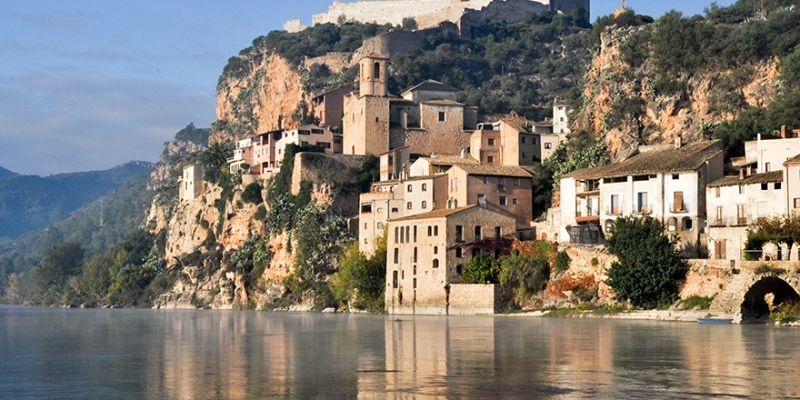
«What interests travelers in northeastern Spain? Of course, avant-garde cuisine. And in Barcelona? Perhaps modernist architecture. On the coast — naturally, beaches. In Tarragona, a city located about 60 km south of Barcelona — these are ancient ruins. Tourists coming to Spain rarely show interest in the historical heritage of Ancient Rome, except, perhaps, for a few aqueducts. The city is unique in terms of the abundance of ancient ruins. Founded by Gnaeus Scipio in 218 BC, it was one of the key Roman cities in Spain, later renamed Colonia by Julius Caesar. And it seems that few tourists know about it. But this is exactly the secret that needs to be shared.»
— Charlie Wilder
1 FRIDAY 15:00 Pleasant with useful

First you need to prepare. At the Municipal Tourist Office Tourist Office ( on the map ),
there are excellent maps of the city and booklets with information. You need to get around the city on foot. All attractions are within a 15-minute walk. The signs with the inscription “Tárraco” (this is one of the ancient Roman names of Tarragona) make it easy to find your way, especially since the text on them is written in several languages. Buy a Tarragona card for 15 euros, which is valid for 48 hours and gives you the right to visit attractions independently and as part of organized excursions. You can also use it to get discounts in restaurants, shops and taxis. Having prepared in this way, you can safely go for a walk along the main artery of the city, Rambla Nova, where in one of the many cafes you can reward yourself with a glass for the work done.
217:00 Historical layers
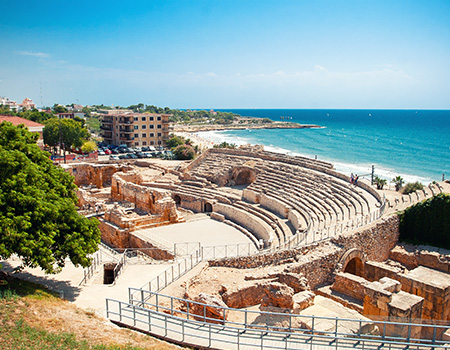
At the end of the boulevard there is a terrace lined with palm trees, which offers views of the coast. From here you can clearly see Roman Amphitheater, built in the second century. During games and dark performances it could accommodate up to 15,000 spectators. Go down the stairs and go inside. Minimally restored, the Amphitheater is an oval arena with stone rows of seats. In the third century, Christians were executed here, and later a basilica was erected in memory of this. The basilica then became the Church of the Most Holy Theotokos the Wonderworking, then a monastery appeared here, which was later converted into a prison. This is a clear reminder of the history of Tarragona, rich in numerous events, most of which took place within the walls of the old city.
3 18:00 Let’s do without chariots
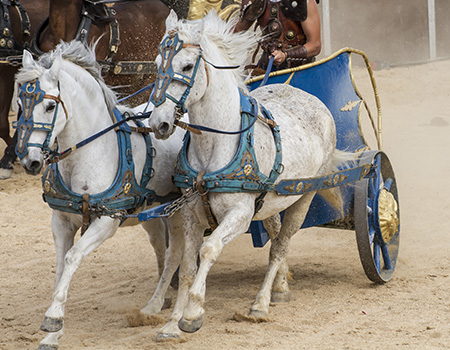
Where the Rambla merges into the historical district, there is a Roman circus, a praetorium and a hippodrome complex built by Emperor Domitian for chariot racing. It is believed that this circus was the largest in the Roman Empire, and is now one of the best preserved. (Even with a good map, it’s quite difficult to figure out the labyrinth of tunnels and passages). Inside the circus is a massive tower dating from the first century BC, which was converted into a Gothic castle in the Middle Ages. There are information signs throughout the complex in several languages.
4 Saturday 21:00 Early bird
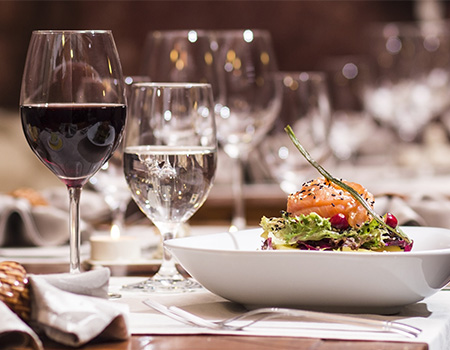
The remains of ancient walls form part of the restaurant’s decorations Degvsta ( on the map ) – a quirky restaurant and music venue combined with the MC Theatre, reflecting Amsterdam’s rich ethnic mix. Grab a chair at the trendy bar (coconut wood floors, hand-painted walls and street market-inspired lanterns),
Order a handcrafted cane sugar cocktail and get ready to dance to a variety of live and mixed music until late into the night.
5SATURDAY 10:00 Roman capital
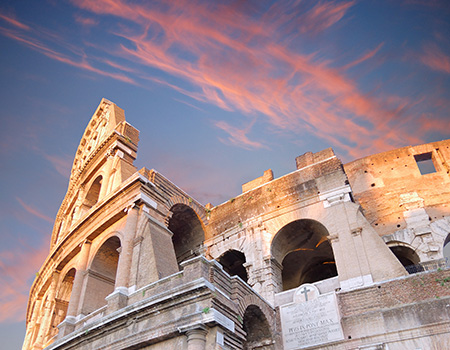
Let’s continue exploring the ruins, starting from the gate in the ancient walls. At Plaça del Pallolthere is a model of the city during the heyday of the Roman Empire, which began in 218 BC. It was then, during the Punic Wars against Carthage, that the Romans began to rebuild the city with the goal of making it a provincial capital and a base for military operations to conquer the Iberian Peninsula. It is possible that in the first century AD the population of Tarragona was significantly higher than the current 140,000 inhabitants. Here, during breaks between military campaigns, the emperors Caesar Augustus and Hadrian spent time. In the fifth century the city began to decline. Currently, approximately a third of the fortress wall has been preserved, between the northern and southern parts of which an archaeological park has been built for tourists, through which you can take a walk.
6 11:00 Life Among the Ruins
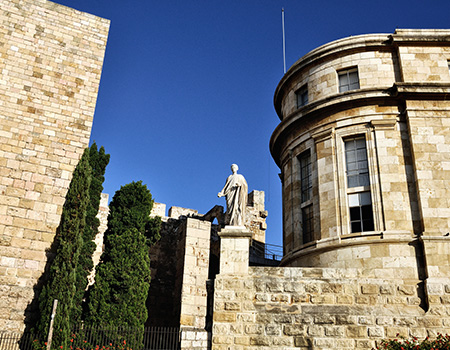
Tarragona — it is a kind of living museum, with ruins found almost everywhere. The ruins of forums and theaters can be found even in areas filled with office buildings and residential buildings. Some people would undoubtedly like to remove modern buildings so that they do not interfere with the perception of antiquities. But it seems that many residents of the city are so accustomed to the familiar ruins of the times of the Caesars that they do not pay any attention to them. National Archaeological Museum of Tarragona ( on the map ) — located in an elegant building near the circus. Here you can see marble and bronze sculptures, several magnificent mosaics and other exhibits.
7 13:00 In the square or by the sea
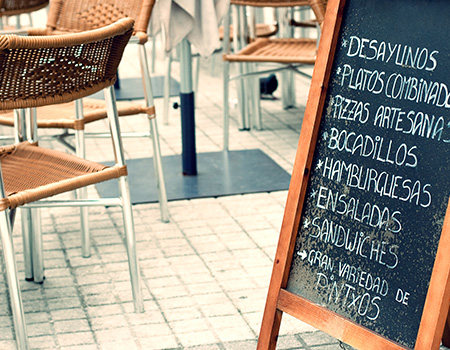
If you want to eat tapas, one of the best places in the Old Town — this is a restaurant Sentits ( on the map).There are tables inside and outside. The menu features classic tapas such as anchovies on bread with tomato paste, baby eel with garlic and dried padrón peppers. If you prefer lunch by the sea, then head to the port of El Serrallo, where there are many fish restaurants. We recommend one of the restaurants on Trafalgar Street.
8 15:00 Devil’s Walk
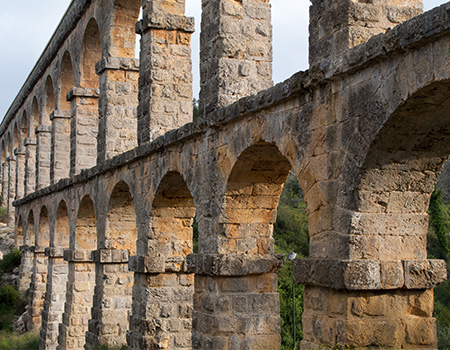
Not far from the city there is Aqueduct de les Ferrers (N-240 highway towards the city of Lleida),
which is also called Pont del Diable or the Devil’s Bridge. There you will instantly forget that you were just in a modern city. This aqueduct — simply a stunning sight. This masterpiece of Roman engineering once stretched for 25 miles. It’s worth spending a few hours here, walking along the marked hiking trails.
921:00 Salsa Romesco
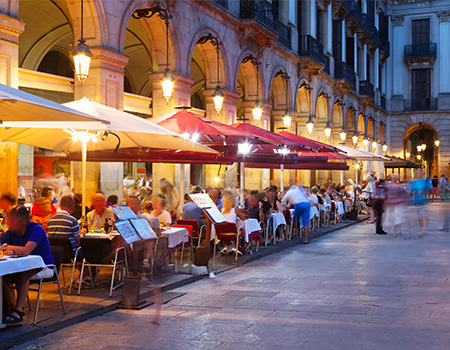
After returning back to the Old Town, visit the restaurant Barquet ( on the map ) ,
which is located near the Amphitheater and Forum. Its chef and owner, David Sole, puts his own spin on the local romesco sauce (made from nuts, tomatoes, chilies and olive oil),
adding it to various dishes, including even fish stew. Choose from standard menus ranging from 30 to 50 euros or order from the a la carte menu.
10 RESURRECTION 10:00 After the Arc de Triomphe to the beach
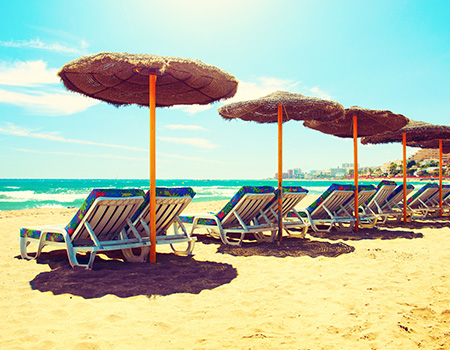
If you drive along the coast towards Barcelona, you can see traces of the former greatness of the Roman Empire. The N-340 will take you to Torre de los Escipiones or the Tower of the Scipios, a 1st-century family tomb decorated with two statues. Another 9 km or so on this road, once called Via Augusta, and you come to Berá Arch, a 1st-century triumphal arch built in honor of Emperor Augustus. Tired of the ruins? Follow the signs to Playa Larga, a popular and pretty public beach, and take in the Mediterranean blue. Or, a short drive back along the coast, relax in the resort town of Cambrils, where Tarragonians come for Michelin-starred restaurants.
Find tickets

